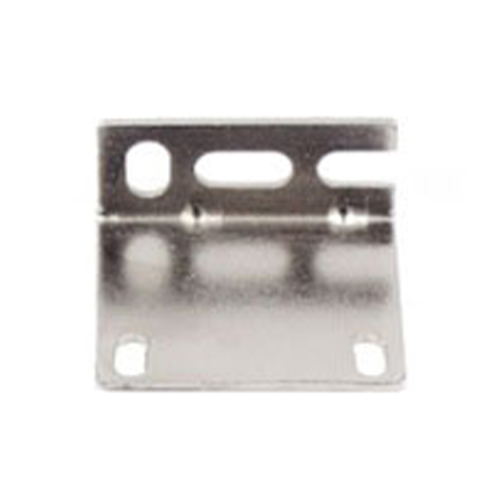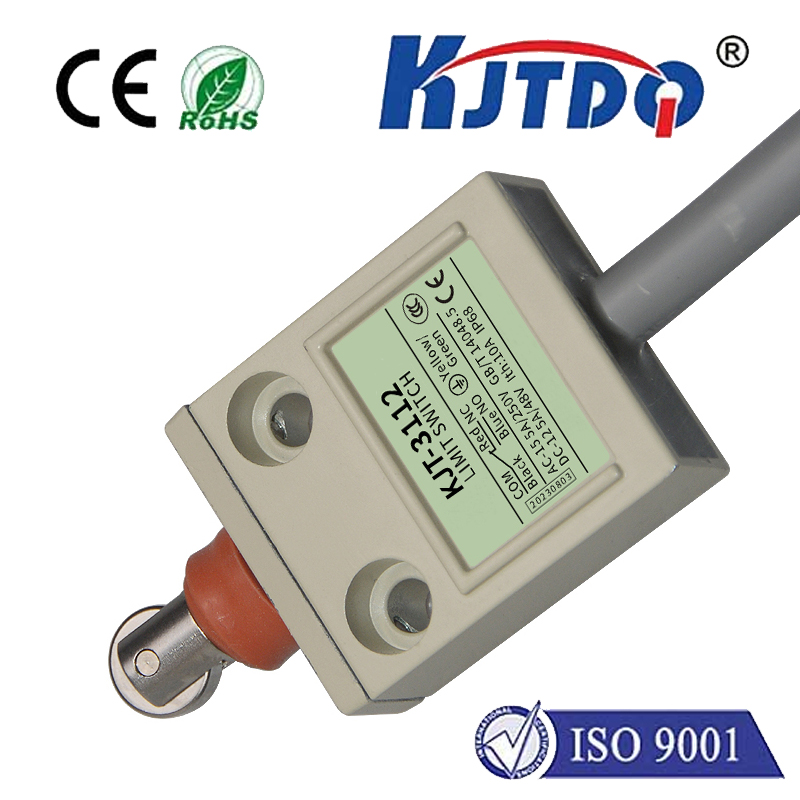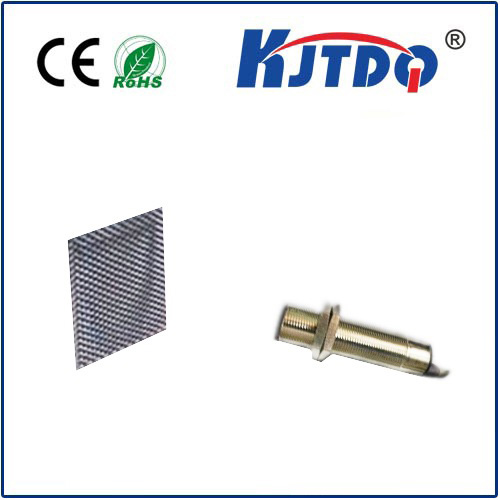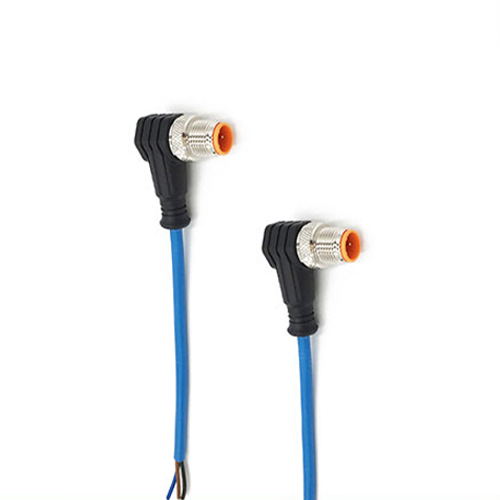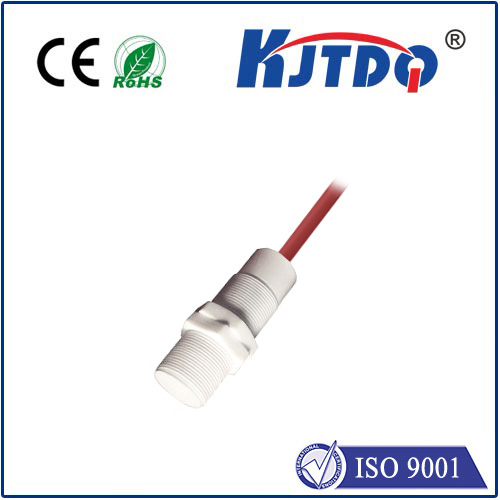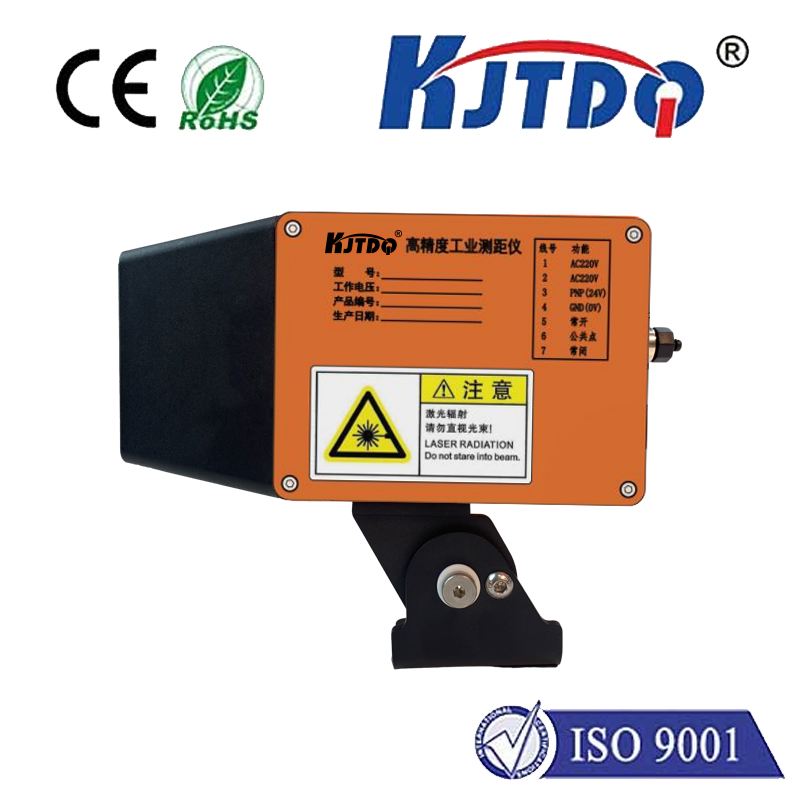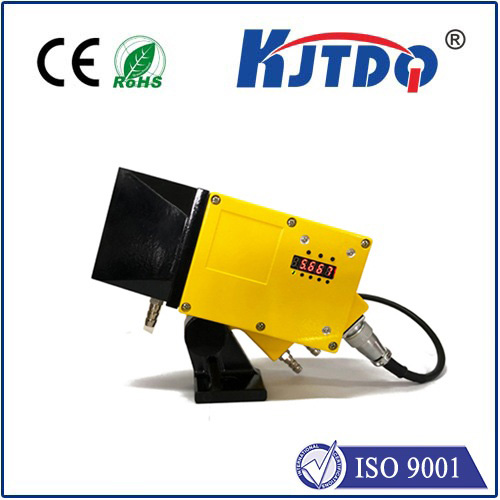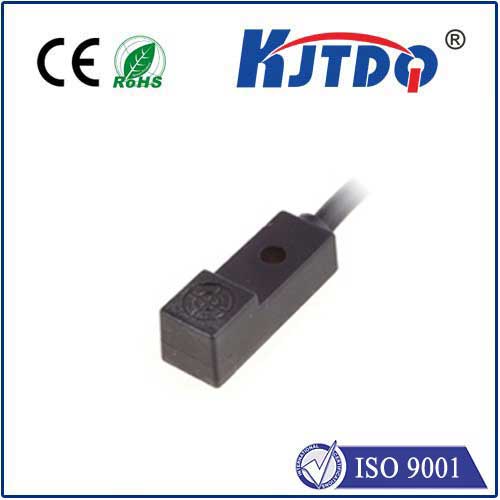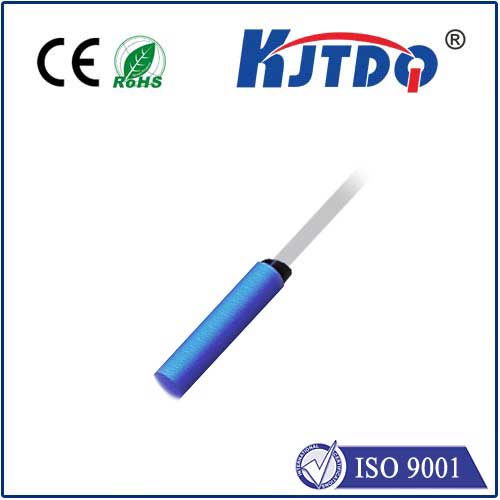The air we breathe is under constant pressure. With growing industrial activity and a vast global vehicle fleet, controlling harmful pollutants is no longer optional—it’s imperative. At the heart of this critical battle for cleaner air lies a sophisticated and often unsung hero: the emissions sensor. These small but powerful devices are the vigilant eyes and ears within emission control systems, providing the real-time data essential for reducing environmental impact and ensuring adherence to increasingly stringent air quality regulations.
Understanding the Core Function: Measurement is Key
Fundamentally, emissions sensors are sophisticated analytical instruments designed to detect and quantify the concentration of specific pollutants in exhaust gases or industrial flue streams. They form the sensory backbone of any modern pollution control strategy. Without accurate, real-time measurements provided by these sensors, systems designed to neutralize pollutants (like catalytic converters in cars or scrubbers in factories) simply cannot operate optimally. They provide the critical feedback loop enabling precise control.
Key Pollutants Under Surveillance: What’s Being Measured?
A suite of specialized sensors tackles different culprits:
Beyond Tailpipes: Industrial and Environmental Monitoring

While automotive applications (cars, trucks, buses) are the most visible, emissions sensor technology is equally vital elsewhere:
The Critical Link: From Data to Action
The true power of an emissions sensor lies not just in measurement, but in its integration with control systems. The sensor data is fed continuously to the engine control unit (ECU) in vehicles or the plant’s distributed control system (DCS). This real-time information allows these systems to make instant adjustments:
The On-Board Diagnostics (OBD) Connection: Enforcing Compliance
Modern vehicles rely heavily on emissions sensors for the On-Board Diagnostics (OBD-II) system. If a sensor detects a malfunction or if emissions exceed a threshold (e.g., indicating a failing catalytic converter or faulty oxygen sensor), the OBD system triggers the infamous “Check Engine” light (Malfunction Indicator Lamp - MIL). This alerts the driver and, more importantly, stores diagnostic trouble codes (DTCs). Mechanics use these codes to pinpoint the emission-related fault. Crucially, this system provides authorities with a standardized way to verify vehicle regulatory compliance during inspections.
Maintenance Matters: Ensuring Sensor Accuracy and Longevity
Like any precision instrument, emissions sensors require proper care. Contamination from oil ash, coolant, silicone, or leaded fuel residues can impair their function. Physical damage or natural wear over time can also degrade performance. Regular vehicle servicing and adherence to manufacturer-recommended maintenance schedules are paramount. Failure to replace a faulty sensor doesn’t just risk poor fuel economy or drivability issues; it can lead to significantly increased emissions and ultimately, vehicle failure during mandatory emissions testing.
The Future: Precision, Integration, and Intelligence
Emissions sensor technology continues to evolve rapidly:
Conclusion: Indispensable Tools for a Sustainable Future
Emissions sensors are far more than simple components; they are sophisticated, mission-critical devices fundamental to protecting our environment and public health. By providing the precise, real-time data necessary for optimal emission control system operation and ensuring regulatory compliance, they act as the essential foundation for cleaner combustion processes, reduced atmospheric pollution, and the drive towards a more sustainable future. Their silent vigilance is indispensable in the ongoing effort to clear the air.
